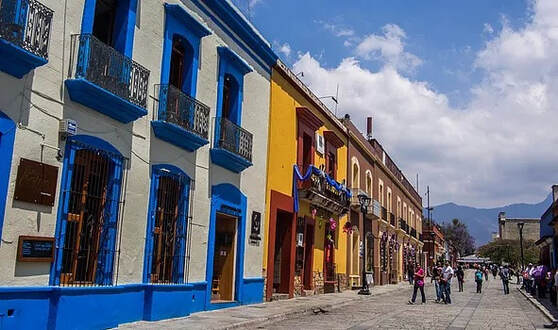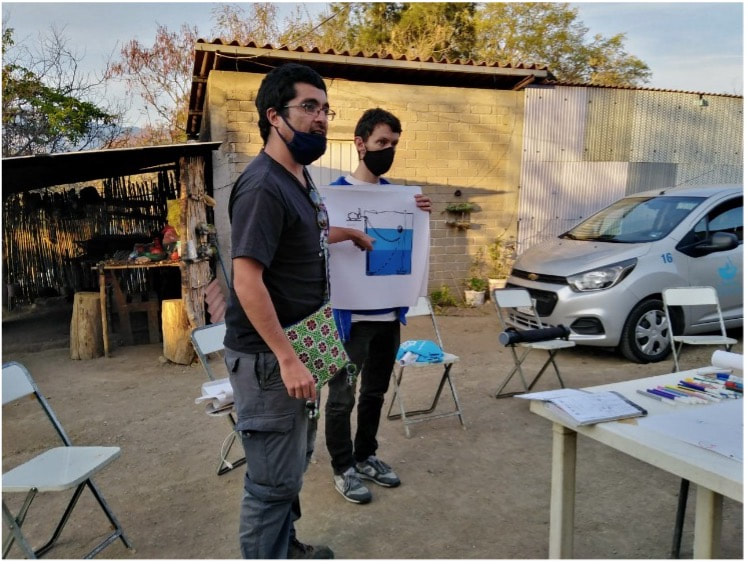Oaxaca, Mexico |
|

Oaxaca became Palo Alto’s second Sister City in 1964. The relationship between the two cities has endured over the decades and evolved into one of the most active and impactful of Palo Alto’s Sister City relationships.
Oaxaca is a lively town recognized world-wide as one of Mexico’s creative and artistic centers, well known for the region’s fantastical folk art and other highly regarded crafts, leatherwork, painting and other creative expressions. A UNESCO World Heritage City, Oaxaca also boasts a thriving indigenous culture, primarily Zapotec and Mixtec. From the lively zócalo (town square), with its street vendors and strolling musicians, to Monte Albán, a world-famous pre-Columbian archaeological site nearby, the city of Oaxaca and the surrounding region have become a major tourist destination. Oaxaca and the surrounding region do face the economic, healthcare and other challenges typical of developing countries. The City of Palo Alto and Neighbors Abroad have been at Oaxaca’s side for almost 60 years, partnering on confronting these challenges while benefiting from a close, mutually beneficial relationship. |
Over the years, Oaxaca and Palo Alto have partnered on numerous environmental, humanitarian, artistic, and other projects, including:
|

